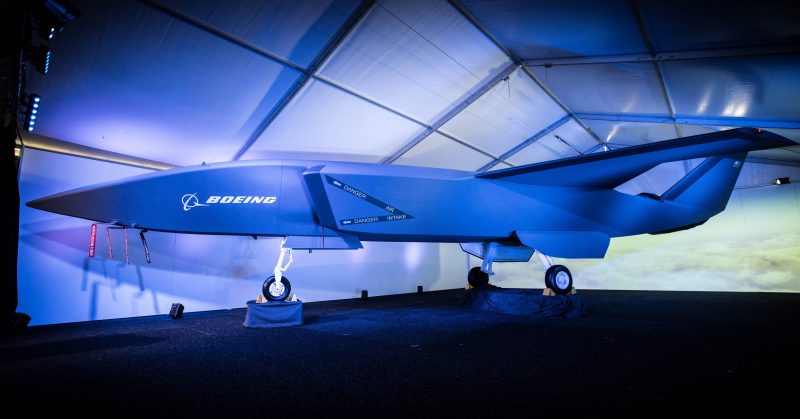In an era where science fiction becomes reality with each passing year, technological advancements that were once confined to the pages of novels and Hollywood movies are making their way into our world. The latest addition to this wave of futuristic innovation is Boeing’s groundbreaking unmanned fighter-like jet, known as the Boeing Airpower Teaming System (BATS). Developed in partnership with the Royal Australian Air Force, this cutting-edge aircraft was unveiled to the public in February 2019.
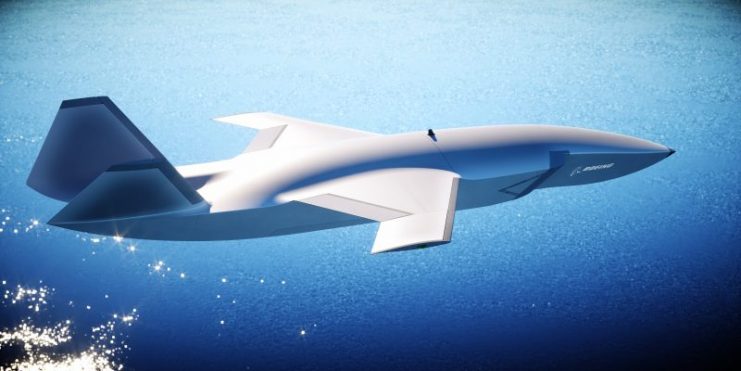
The BATS, also referred to as the Loyal Wingman, marks a significant milestone for Australia, as it represents the nation’s first domestically-developed military aircraft since World War II. The collaboration with Boeing, which boasts its largest operational base outside of the United States in Australia, has allowed for the realization of this technological marvel.
One advantage Australia offers is ample airspace for testing prototypes, making it an ideal location for the development of the BATS plane. This project represents Boeing’s substantial investment in aircraft development outside of its home country.
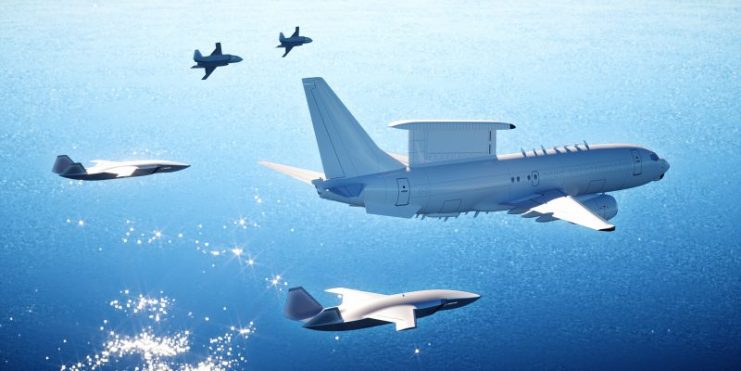
While the concept of unmanned aircraft is not new, Boeing’s autonomous fighter-like jet takes the technology to a whole new level. Unlike traditional drones, the BATS fighter-like jet is comparable in size to standard fighter jets, measuring around 11 meters in length, with proportional body dimensions and wingspan. What sets it apart is its ability to function as a “fighter-like” jet that operates alongside manned fighter aircraft.
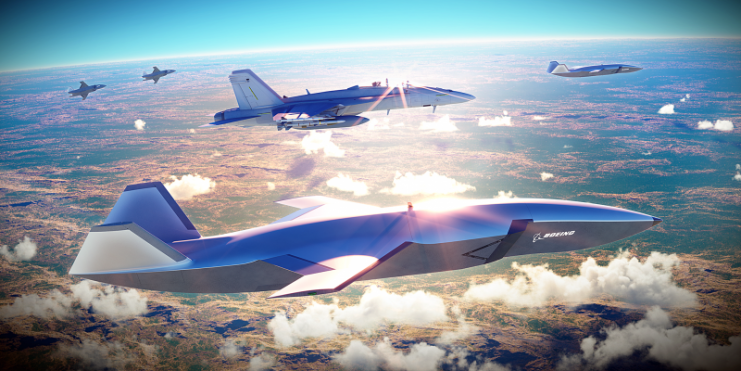
Designed to be a wingman rather than a standalone combatant, the BATS plane’s main role is to provide protection against electronic attacks and conduct surveillance and reconnaissance missions in hazardous environments where sending human pilots would be risky. Although it is not initially armed like traditional fighter jets, the possibility of future modifications for offensive capabilities remains open.
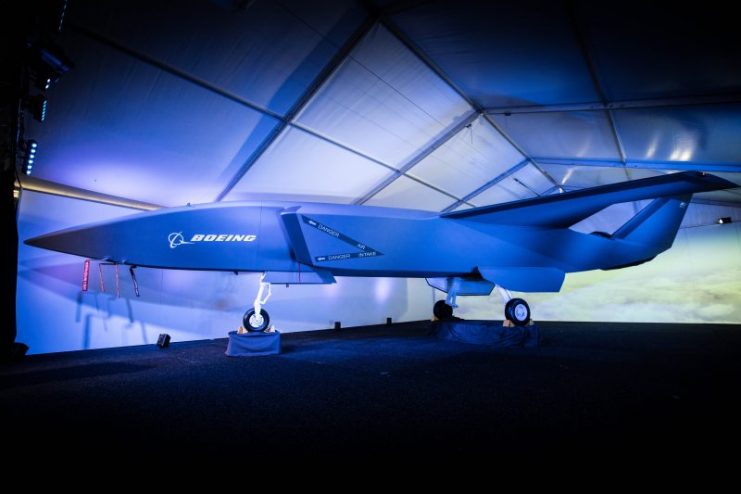
The BATS project addresses the limitations of human-piloted fighter jets. While human pilots have physical and cognitive limitations, an AI-controlled or remotely-piloted aircraft can overcome these constraints. The BATS plane, powered by a commercially-available jet engine and with a range of 2,000 nautical miles, could potentially operate at supersonic speeds, although this feature has not been officially confirmed by Boeing.

One of the most remarkable aspects of the BATS plane is its affordability. With a “disruptive price point” that offers “fighter-like capability at a fraction of the cost,” the BATS could level the playing field for countries that struggle to afford a significant number of conventional fighter jets. Moreover, Boeing highlights the adaptability of the BATS, envisioning a wide range of potential uses beyond its initial wingman role.

Scheduled for its maiden flight in 2020, the BATS plane is poised to redefine the future of military aviation. While commercial production details remain undisclosed, Boeing’s intent to globally market the BATS plane underscores its potential impact on the global defense landscape. As science fiction continues to shape reality, Boeing’s unmanned fighter-like jet stands as a testament to human innovation and the boundless possibilities that lie ahead in aerospace technology.
